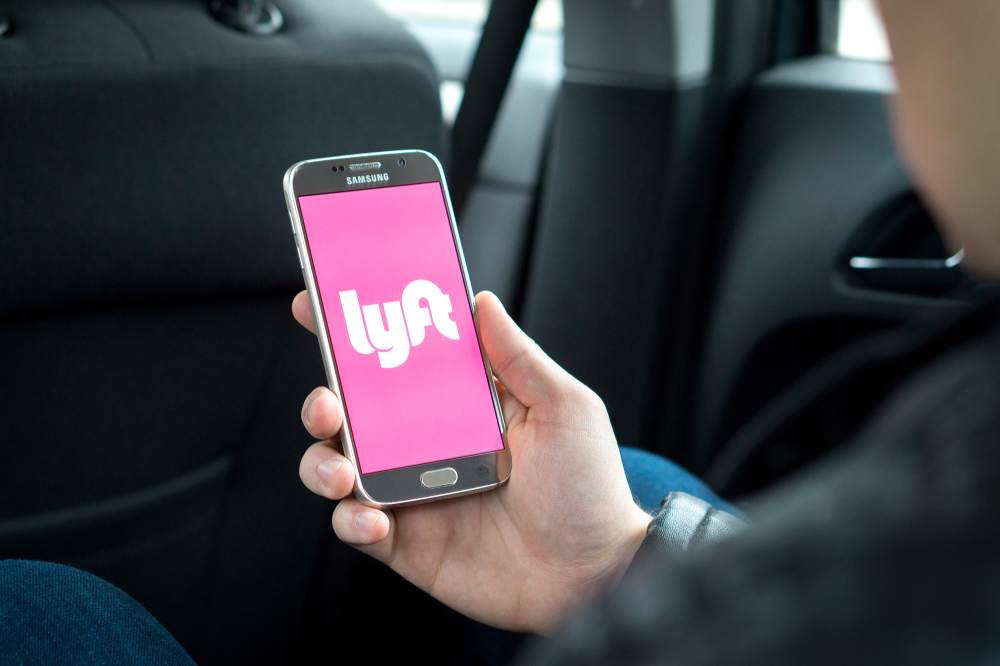What Happens if a Lyft Driver is Unsafe?
Most ridesharing apps have reported a recent spike in carjackings or assault ca...
READ MORETell us about your case and our attorneys will contact you promptly
We Respect Your Privacy. Privacy Policy
Published on May 6, 2022 at 7:45 pm in Lyft Accidents.

Fatigue is a problem among Lyft drivers, and can result in accidents and injuries. If you suffered injuries in a Lyft crash, seek help from a rideshare lawyer in Los Angeles today.
The risks of professional motorists becoming tired have long been identified. For example, the Federal Motor Carrier Safety Administration (FMCSA) enforces strict hours of service regulations for all drivers of commercial vehicles in the U.S. to stop drowsy driving. Motorists transporting goods are restricted to 11-hour shifts before taking 10 hours off, which permits a maximum of 14 hours of driving in 24 hours. However, any commercial drivers carrying passengers may only drive 10-hour shifts before taking a minimum of eight hours off to sleep.
While the FMCSA acknowledges the significance of rigid driving limitations, Lyft and Uber take a more liberal policy toward drowsy driving and limitations. Lyft currently enforces the following restrictions for drivers:
Lyft drivers can operate four hours longer per shift and take briefer breaks before the following shift compared to commercial passenger drivers. If a Lyft driver works a full shift, takes the lowest break, and starts functioning again, they could drive for as many as 18 hours in a 24-hour day.
After 14 hours of driving, it is not likely that a Lyft driver will be able to go straight to sleep and stay sleeping for the entire six hours, which is less sleep than is generally suggested for adults. Rather, drivers may use their pause time to eat, wind down, and only get a few hours of sleep before driving again. This can result in numerous overly-fatigued Lyft drivers on the roads.
Even more alarming is that Uber sets no hour restrictions on its motorists. Uber drivers can drive as long as they want. Many individuals underestimate their level of exhaustion or try to “push through” to make more cash, putting everyone at a weighty risk of injuries.
Every Lyft or Uber driver should completely acknowledge the dangers of drowsy driving and identify when to sleep. If your driver was driving while tired and caused a crash, you should discuss your legal privileges with a professional ridesharing accident attorney as soon as possible.
The AASM publicized a recent paper in the Journal of Clinical Sleep Medicine titled“The Risk of Fatigue and Sleepiness in the Ridesharing Industry: An American Academy of Sleep Position Statement.” The AASM remarked that drivers face two critical safety concerns: drowsy driving and undisclosed medical problems. The writers stated many drivers in the profession have full-time jobs and only do ridesharing for an extra payment. They drive for extended times and do not get enough rest. The AASM says this situation raises the dangers of crashes.
Over 8 million drivers are on the highways in Los Angeles County, which causes a high amount of auto-related injuries. If another tragedy occurs, our lawyers can help manage your claim.
The AASM isn’t confident that the six-hour rest time after 12 to 14-hour driving shifts that ridesharing companies demand keeps motorists safe. The organization assumes that drivers are already extending their working hours once they begin their ridesharing shifts.
Ride App Law Group understands the ins and outs of accident and injury lawsuits involving Lyft and Uber drivers. We have represented rideshare passengers and other motorists who have suffered undeserved damages due to the negligence of rideshare drivers. While it can be hard to establish that a driver was tired, our firm has the resources to argue that a driver should not have been on the road.
After a Lyft or Uber injury, you should not hesitate to contact us online to set up a free consultation.